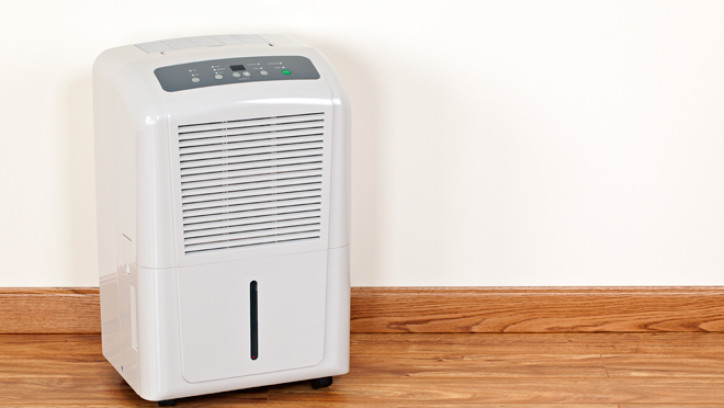Causes and effects of high moisture
Last updated: 9 August 2023

High moisture levels make your home uncomfortable and unhealthy, and can damage its decor, furniture and even structure.
Managing moisture in your home
According to BRANZ Study Report SR482 [2023] - Housing condition and occupant wellbeing, 37 per cent of surveyed houses had visible mould in living areas and bedrooms.
High moisture levels and mould are associated with health problems including asthma, eczema and headaches.
With good design, maintenance, ventilation (including venting cooking vapours, bathroom steam and clothes dryers outside), heating and insulation, you can keep your home drier and healthier.
Why does moisture matter?
High moisture levels:
- can damage paintwork, wallpaper, wall linings and curtains
- encourage the growth of mould, fungi, dust mites and mildew, which can be harmful to your family's health
- make your home harder to heat, and make your power bills higher
- can cause timber decay and other deterioration in your home and contents
- make your home less comfortable to live in.
Up to 15 per cent of New Zealanders are allergic to moulds, spores and their by-products (which are sometimes toxic) that grow in most households. The allergies commonly appear as asthma, headaches, eczema, gastroenteritis and sneezing fits. Damp homes are associated with increased numbers of doctor visits for respiratory problems such as asthma, and lost work and school days.
Causes of high moisture levels
High moisture levels can be caused by:
- moisture getting into the home from outside – especially from leaks and damp ground beneath the house
- water released from household activities such as showering, washing, cooking and even breathing
- moisture released from unflued gas heaters
- inadequate heating and ventilation.
Moisture created by common household activities
| Activity | Litres |
|---|---|
| Cooking | 3 per day |
| Shower and baths | 1.5 per day, per person |
| Dishes | 1 per day |
| Clothes drying (unvented) | 5 per load |
| Gas heater (active) | Up to 1 per hour |
| Breathing (active) | 0.2 per hour, per person |
| Breathing (asleep) | 0.02 per hour, per person |
| Perspiration | 0.03 per hour, per person |
| Pot plants | As much as you give them |
Moisture in new buildings
In new buildings, some moisture is trapped during the construction process and can take time to dry out. Trapped water is mainly from new building materials, specifically timber and concrete. The house will dry out eventually over the first year of the building's life, as long as the house is properly heated, ventilated and insulated.